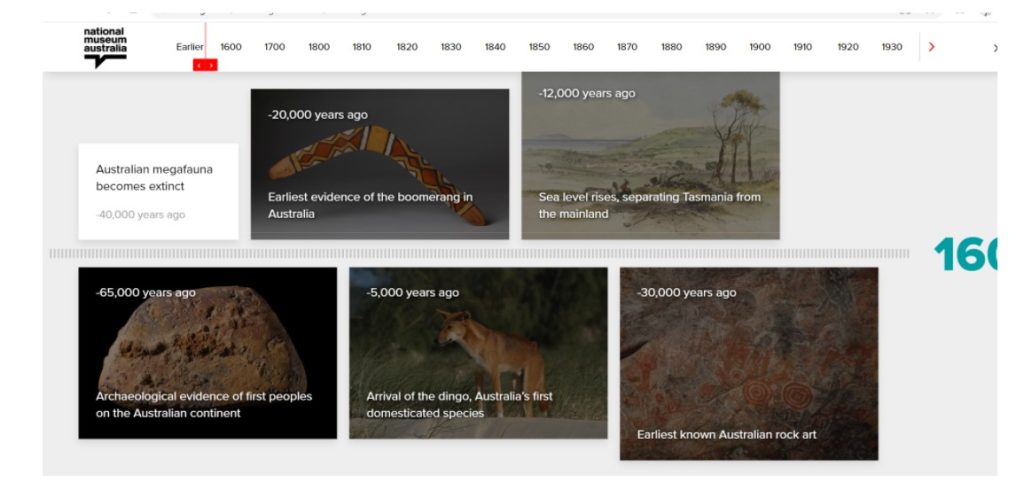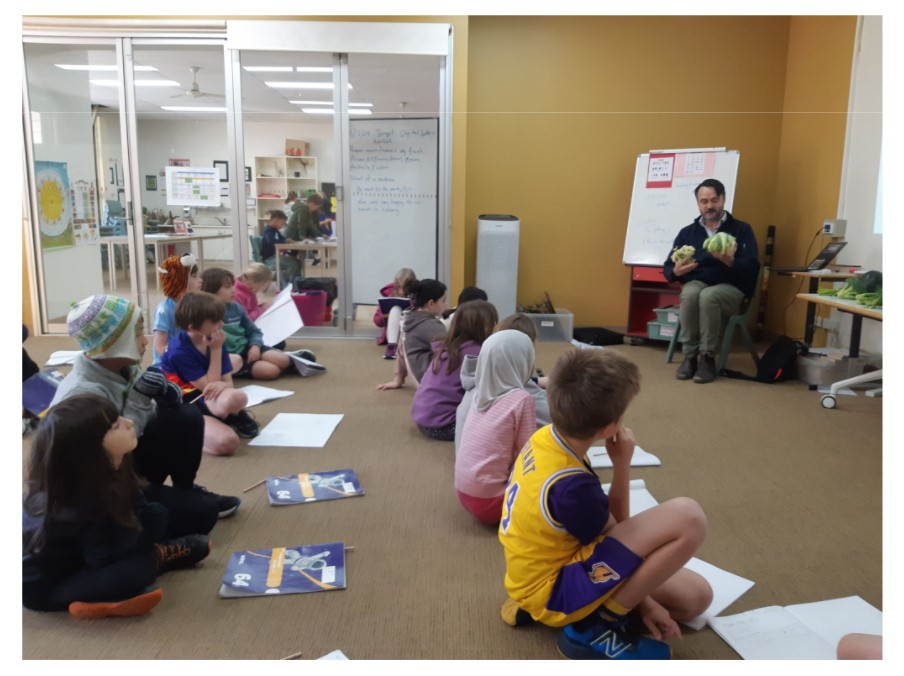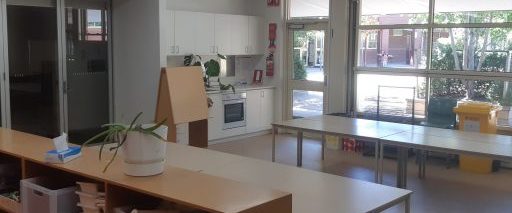Inquiry: Our Systems, Our World, Ourselves
Current big idea: Systems are interconnected
Systems: “A set of parts working together or interconnected to form a complex whole.”
We are beginning this week with some current thoughts about systems.
Systems can be trees and plants communicating with each other, including how trees act as a community to tell each other about predators. We have been creating an infographic about trees and their leaves (Gemma and Astrid)
We have been making name tags in Japanese so Ann (a new student from Japan) can understand us better. This is helping us understand a different language system. (Louis E. and Henry)
Applying systems thinking to our neighbourhood has been a development this week as the students have looked for ways to maximise efficiency and productivity. A part of this system has been the identification of specific and achievable goals for different sessions of the day. Reflecting on the success of this goals is understood to be a very important component of this process.
As a neighbourhood we have been exploring significant events in Australian history through the creation of a personalised timeline, showing our country’s 65,000 year history. A particular focus has been the impact on indigenous peoples and Australia’s unique flora and fauna.

We connected our inquiry learning into systems with our first parent speaker sharing what mathematics and science look like in his work life. Students were curious and engaged as they learnt about food production and seeds, extending their learning with some wonderful questions. Thank you Lindsay for clearly sharing what knowledge and skills he uses an agricultural scientist.

Our agency focus has been adding depth to our learning. This has included the development of “good” research questions which lead to new understandings.
Each week we have invited students to celebrate their learning for the week. Last week we heard from Max who shared her investigation of Australian trees and their systems. Her research questions included “How they grow and how big their roots are?” and “How do you know if a tree is dying?”
She learnt that trees are important because they make oxygen and that the bark can fall off if they’re dying.
Next steps:
Mathematics
Students met a new friend, who is taking them on a fractions journey. This is allowing them to engage in creative problem solving, considering the key ideas around fractions and how they arise in the world around them, including sharing food. We will be taking our understanding further, as they reflect on rubbish and food waste systems, looking at the relationships between a whole and its’ parts of products and larger systems.
Writing
As writers we will be taking our researched words about indigenous Victorian species and organising them under subheadings, thinking about which information we want to convey and how best to do this. This will lead into engaging paragraphs that clearly communicate information about the chosen species.
Reading:
As readers we have been looking at online texts and the features that assist with readability, including layout, graphics and links. The students based their text choice on the research they have been doing on a Victorian Indigenous species.
We will be continuing to examine the readability of online texts and the features that impact this.
Spelling foci: Dropping e when adding y, making words past tense by adding -d or -ed.
We will begin tuning in to our next big idea in our collective inquiry: Our understandings influence our decisions.
3/4N2
